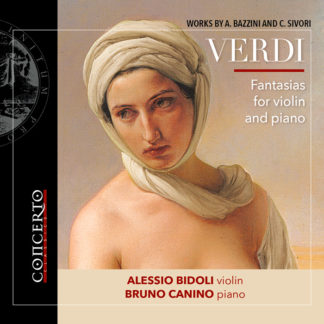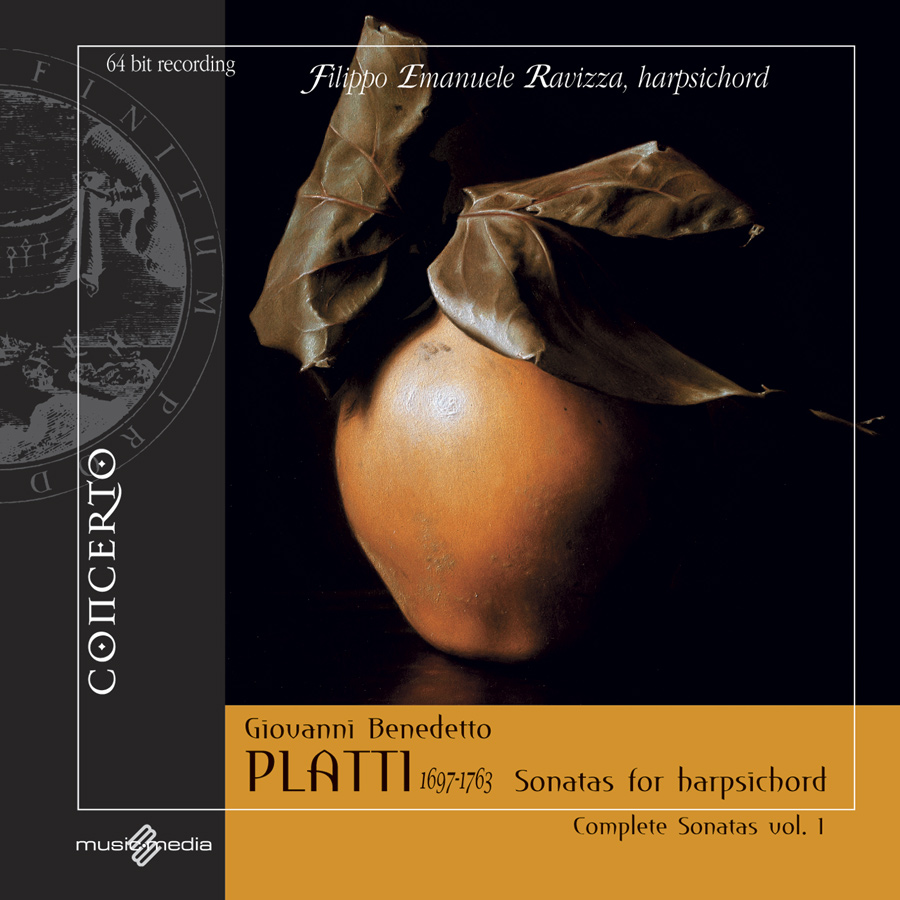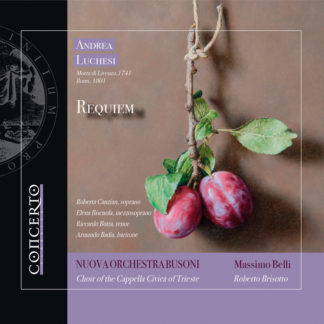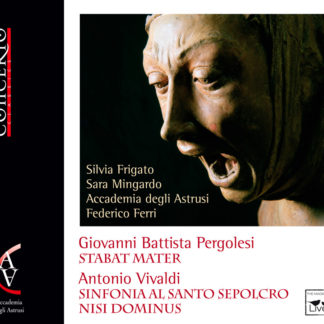1) Sonata I in D major – Adagio
2) Sonata I in D major – Allegro
3) Sonata I in D major – Largo
4) Sonata I in D major – Presto
5) Sonata II in C major – Adagio
6) Sonata II in C major – Allegro
7) Sonata II in C major – Aria [Laghetto]
8) Sonata II in C major – Allegro
9) Sonata III in F major – Non tanto Allegro
10) Sonata III in F major – Sarabande: Adagio
11) Sonata III in F major – Minuet; Trio
12) Sonata III in F major – Gigue
13) Sonata IV in G minor – Largo
14) Sonata IV in G minor – Presto alla breve
15) Sonata IV in G minor – Adagio
16) Sonata IV in G minor – Non tanto Allegro
17) Sonata V in C minor – Larghetto and staccato
18) Sonata V in C minor – Non tanto Allegro
19) Sonata V in C minor – Siciliana
20) Sonata V in C minor – Presto
In this recording divided into 4CDs, all the Sonatas of Giovanni Benedetto Platti (Padua 1697 – Würzburg 1763) for harpsichord are presented for the first time.
In these sonatas we have both examples devoid of real technical-executive difficulties and examples of extreme virtuosity, probably with a view to covering all possible expressive avenues offered by the instrument. From a technical performance point of view, the Sonatas under review reveal the presence of all the modern techniques typical of the keyboard instrument, as well as some ‘special effects’ that remind us, in the specific case of Giovanni Benedetto, of the use of the keyboard by a master versed in several areas of eighteenth-century musical practice.
Five movements and wide-ranging pieces, mostly in monothematic form. There is a significant variety of models and structures. The early Sonatas are admirable harpsichord works and present all possible prototypes of the modern sonata form, i.e., both bipartite and tripartite structures, both monothematic and bitematic, with more or less extensive elaboration sections, as the case may be, all in relation to the expressive, and sometimes dramatic, sense of the composition. Among the most significant aspects of Platti’s harpsichordism, certainly noteworthy is the very elegant sense of instrumental color, as demonstrated by refined, splendid, highly effective tonal mixes.





